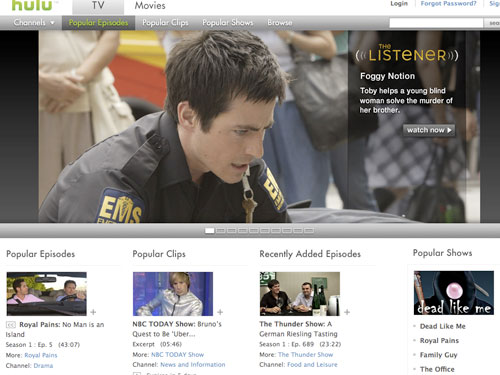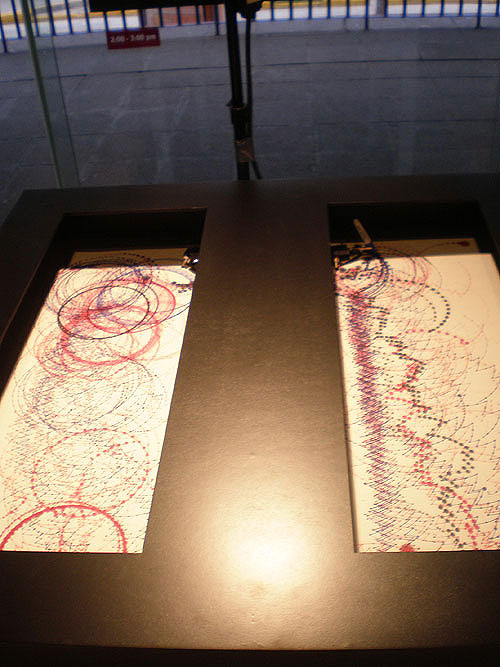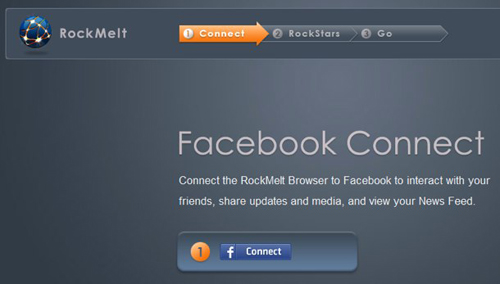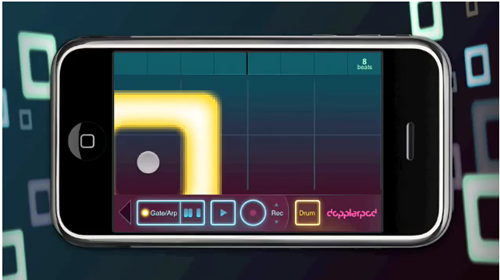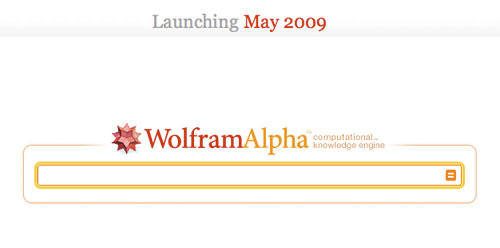A Visit to Magasin 3: Notes on Sweden’s Approach to Art and Exhibitions, by Eduardo Navas
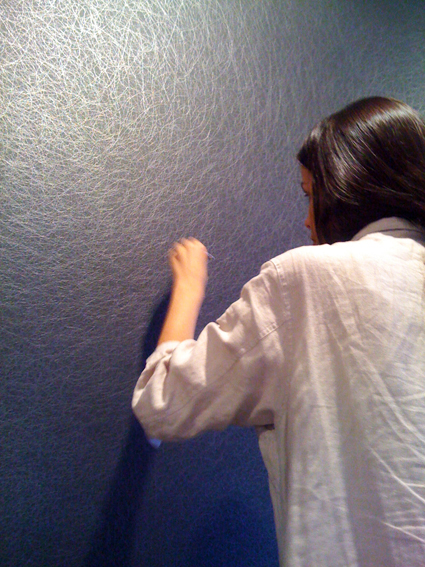
”Wall Drawing #715”, February 1993
On a black wall, pencil scribbles to maximum density. Pencil.
Courtesy Estate of Sol LeWitt
First installation: Addison Gallery of American Art, Phillips Academy, Andover, MA
First drawn by: S. Abugov, S. Cathcart, A. Dittmer, F. Dittmer, L. Fan, C. Hejtmanek, S. Hellmuth, D.
Johnson, A. Moger, A. Myers, J. Noble, G. Reynolds, A. Ross, A. Sansotta, J. Wrobel. (Varnished by
John Hogan)
Image courtesy of Magasin 3
On November 5, as Correspondent in Residence for the Swedish Traveling Exhibitions, I visited Magasin 3, located in Frihamnen (freeport), Stockholm. Curator Tessa Praun took the time to discuss with me the history of the Konsthall (art space) which opened in 1987, and has since then developed an extensive collection of contemporary art.
In the tradition of appropriation, Magasin 3 takes its name after the building’s original function as a sea port storage facility. The space is hard to find, and one must make a definite commitment to visit it. I was no exception. I first took the subway then a bus to the end of the line, then walked and (as is probably common for first time visitors) got a bit lost, but finally found the space.
The Konsthall has a low-key facade, and retains the look of an industrial space. Its name is no different than the other storage facilities in the area (there are magasin 1, 2, 4, 5, and more); because of this, it is unlikely that a casual passerby will enter the premises. This exclusivity gives Magasin 3 an elegance defined with minimal aesthetics. Appropriately enough, at the time of my visit, the konsthall featured minimal drawing installations by Sol LeWitt, curated by Elisabeth Millqvist. The Sol LeWitt exhibition opened on October 2nd 2009 and will close June 6, 2010. In what follows, I discuss LeWitt’s work as well as two video installations by british based Israeli artist Smadar Dreyfus, curated by Tessa Praun. (more…)

